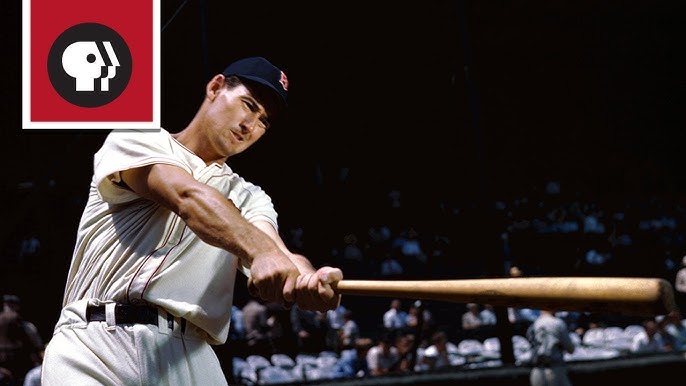Introduction
Hitting in baseball is an intricate blend of skill, technique, and mental focus. It is one of the most challenging aspects of the game, requiring precision, timing, and a keen understanding of the pitcher’s strategy. This article delves into the mechanics of hitting, the strategies used by top hitters, and the legends who have left an indelible mark on the sport.
The Mechanics of Hitting
Stance and Grip
The foundation of a successful hitter is a solid stance and grip. The stance should be balanced, with feet shoulder-width apart and knees slightly bent, allowing for quick and controlled movement. The grip on the bat should be firm but relaxed, with the fingers doing most of the work rather than the palms. This allows for better bat control and quicker reaction times.
Swing Mechanics
The swing is a complex motion that involves the entire body. It begins with the load, where the hitter shifts their weight onto the back foot while keeping the hands back. This is followed by the stride, a small step forward to generate momentum. The actual swing involves a quick rotation of the hips and shoulders, leading the hands to the ball. A key aspect is the follow-through, which ensures maximum bat speed and direction control.
Eye Coordination
Exceptional hand-eye coordination is crucial for hitting. A hitter must be able to track the ball from the pitcher’s hand all the way to the point of contact. This requires intense focus and the ability to make split-second decisions about the type of pitch and its location.
Hitting Strategies
Understanding the Pitcher
A successful hitter studies the pitcher’s habits, repertoire, and tendencies. By analyzing the pitcher’s previous performances, a hitter can anticipate the type of pitch and its likely location. This strategic approach allows hitters to be prepared and adjust their swing accordingly.
Plate Discipline
Plate discipline refers to a hitter’s ability to distinguish between balls and strikes and avoid swinging at bad pitches. A disciplined hitter is patient, waits for the right pitch, and doesn’t chase pitches out of the strike zone. This skill not only increases the chances of getting a good pitch to hit but also draws more walks, improving the team’s overall offensive production.
Situational Hitting
Situational hitting involves adjusting the approach based on the game’s context. For example, with runners in scoring position, a hitter might focus on making contact to drive in runs rather than hitting for power. Similarly, in a bunt situation, the hitter’s goal is to advance the runner. Understanding these scenarios and adapting accordingly is crucial for a team’s success.
Legends of Hitting
Babe Ruth
Babe Ruth, often considered the greatest hitter of all time, revolutionized the game with his unprecedented power and ability to hit home runs. His career totals of 714 home runs and a .342 batting average remain benchmarks for hitters aspiring to greatness.
Ted Williams
Ted Williams, the last player to hit over .400 in a season, is renowned for his scientific approach to hitting. He meticulously studied pitchers, worked on his swing mechanics, and emphasized the importance of plate discipline. His book, “The Science of Hitting,” is still considered a must-read for aspiring hitters.
Hank Aaron
Hank Aaron, who broke Babe Ruth’s home run record, is celebrated for his consistency and longevity. Over a 23-year career, Aaron amassed 755 home runs and maintained a career batting average of .305. His ability to combine power and consistency set him apart as one of the game’s greatest hitters.
Conclusion
Hitting in baseball is a complex skill that combines physical mechanics, strategic thinking, and mental focus. From understanding the pitcher to mastering the swing, successful hitters must continually refine their skills and adapt to different situations. Legends like Babe Ruth, Ted Williams, and Hank Aaron have set the standard for excellence, demonstrating that with dedication and practice, great hitting can be achieved. Whether at the professional level or in youth leagues, the art and science of hitting remain central to the excitement and challenge of baseball.
